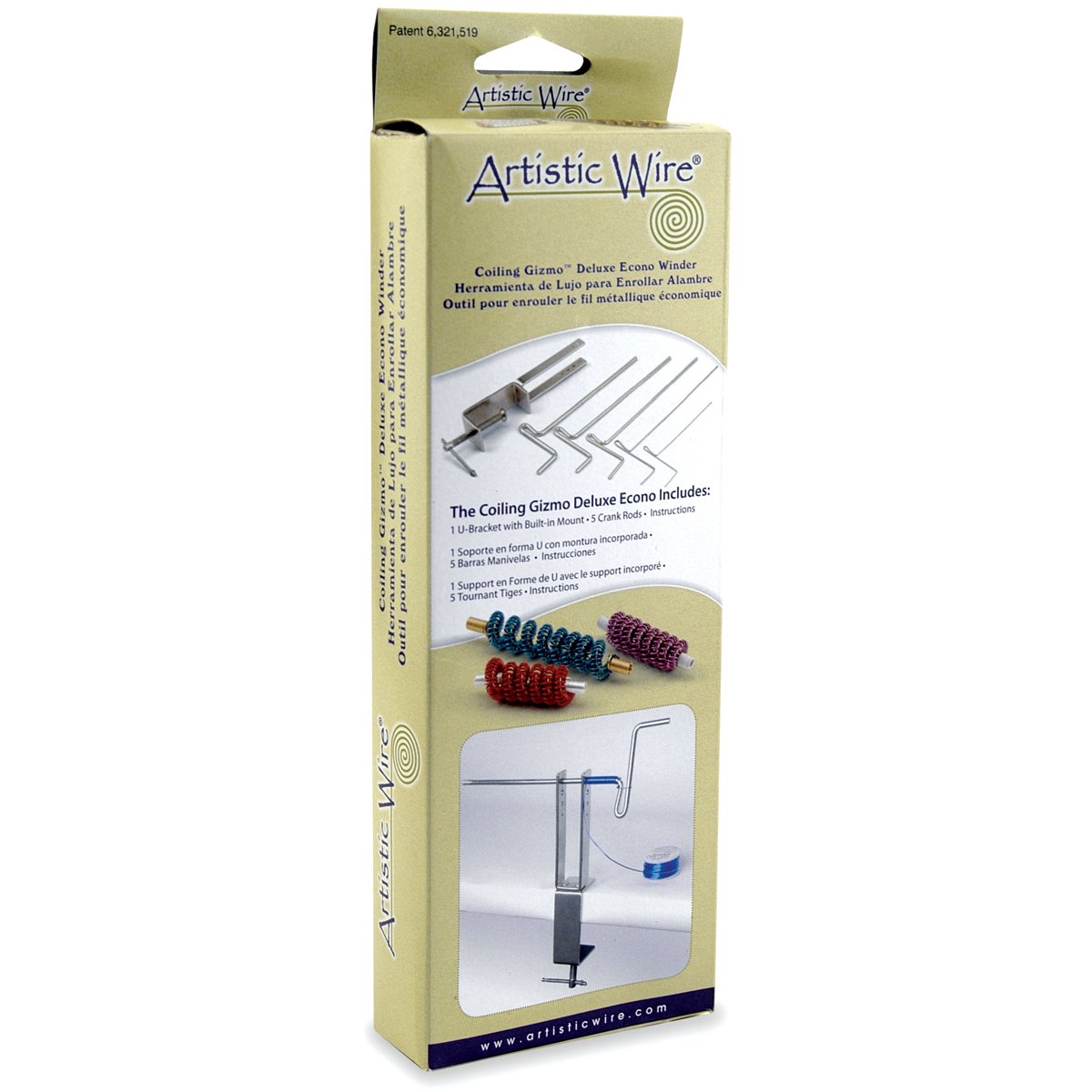Hi,
I had a few questions on coils, but I guess it could boil down to one question depending on the answer.
As an example if I have 1 inch of 32 awg kanthal, and it should have 1.0916 ohms (13.1/12=1.0916) does it matter how the coils are formed, how close together they are, how big they are, etc....
If I have my coils closer together, or farther apart, will that increase or decrease my restistance? Or if coils are bigger or smaller?
Or is 1 inch of kanthal, 1 inch of kanthal? Will I have 1.0916 ohms per inch no matter how my coils are wrapped, no matter the size or spacing?
Thanks for any help on this.
I had a few questions on coils, but I guess it could boil down to one question depending on the answer.
As an example if I have 1 inch of 32 awg kanthal, and it should have 1.0916 ohms (13.1/12=1.0916) does it matter how the coils are formed, how close together they are, how big they are, etc....
If I have my coils closer together, or farther apart, will that increase or decrease my restistance? Or if coils are bigger or smaller?
Or is 1 inch of kanthal, 1 inch of kanthal? Will I have 1.0916 ohms per inch no matter how my coils are wrapped, no matter the size or spacing?
Thanks for any help on this.


